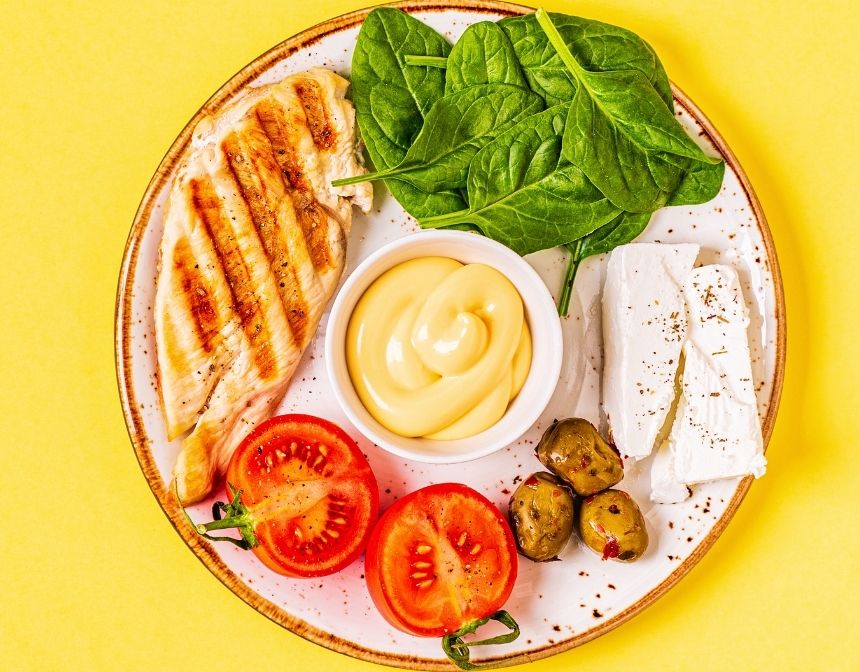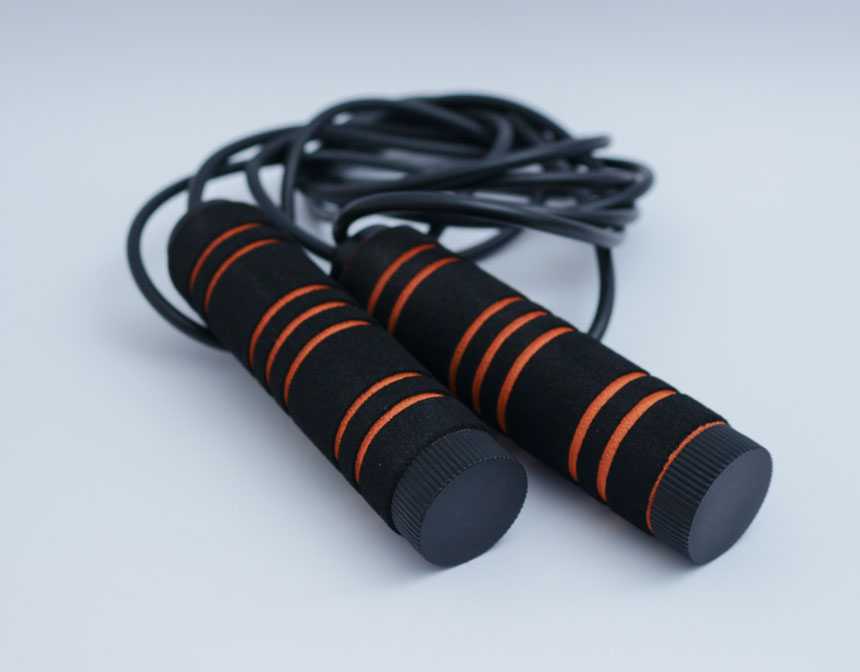What Is Lasagna?
Lasagna is a type of pasta that belongs to Italian cuisine and can be prepared with different sauces. Lasagna is usually prepared with tomato sauce and mozzarella cheese, but it has many varieties, such as spinach and meat.
Lasagna can be served as a main course. The layers are stacked in a baking dish and then baked until the cheese is melted and bubbly and the noodles are tender. The dish can be customized with a variety of different vegetables, seafood, or cheeses.
Lasagna can be prepared by substituting the ingredients of traditional lasagna for vegan and gluten-free diets.
What Type of Noodles Are Used to Make Lasagna?
Lasagna noodles are typically wide, flat, and rectangular in shape, and they are made from durum wheat flour and water. Noodles can be pre-cooked and dried, or they can be fresh.
Fresh lasagna noodles do not need to be cooked before being used to make lasagna. Some fresh lasagna noodles may require soaking in warm water for a few minutes before assembling the lasagna, depending on the brand and type of noodles. If you're using dried lasagna noodles, they should be cooked in boiling water before being layered into the lasagna dish.
For the most accurate preparation of lasagna noodles, follow the instructions on the package.
What Are The Benefits of Spinach?
Spinach, which has a very rich nutritional value, contains high amounts of carotenoids, vitamin C, vitamin K, folic acid, iron, and calcium. Many benefits are known to improve blood sugar control, reduce cancer risk, and improve bone health in people with diabetes.
How To Make Vegan Lasagna?
To make vegan lasagna, you can use plant-based ingredients instead of meat, cheese, and other animal products.
Meat: Instead of ground beef or sausage, use vegan ground beef, tofu, mushrooms, or eggplant for a meaty texture.
Cheese: Use vegan cheese substitutes such as vegan mozzarella or vegan ricotta cheese.
Egg: Use egg-free lasagna noodles.
Bechamel sauce: Use a vegan butter, flour and plant-based milk to make a roux for the sauce.
How To Prepare Lasagna Noodles?
To make lasagna, you should prepare lasagna noodles.
- Boil a large pot of water. Add a pinch of salt to the water to enhance the flavor of the noodles.
- Add the lasagna noodles to the pot. Stir gently to prevent the noodles from sticking together.
- Cook the lasagna noodles for 8-10 minutes, or until they are al dente.
- Once the noodles are cooked, drain them in a colander and rinse them under cold water to stop the cooking process and prevent them from sticking together.
- Lay the noodles out flat on a clean surface and lightly brush them with olive oil to prevent them from drying out and sticking together.
How To Layer Lasagna?
Here are the steps for layering lasagna:
- Spread a thin layer of sauce on the bottom of the baking dish. This will help prevent the noodles from sticking and burning.
- Place a layer of lasagna noodles on top of the sauce. Make sure the noodles are arranged in a single layer and do not overlap.
- Spread a layer of cheese mixture (such as ricotta, mozzarella, and Parmesan) over the noodles. You can also add a layer of cooked vegetables, such as spinach or zucchini.
- Spoon a layer of sauce on top of the cheese mixture.
- Repeat the layers of noodles, cheese mixture, and meat sauce until you reach the top of the baking dish. Make sure to end with a layer of meat sauce on top.
- Sprinkle shredded mozzarella cheese on top.
- Cover the lasagna with aluminum foil and bake according to the recipe instructions.
- Once the lasagna is finished baking, remove the aluminum foil and let it rest for at least 10 minutes before serving.
What To Serve with Lasagna?
Lasagna is a hearty dish. This classic Italian dish is a perfect for a cozy dinner. It can be served as its own or side dishes.
Here are our delicious recipes that you can serve with Lasagna:
- White Bean Soup
- Baked Eggplant Parmesan (Parmigiana)
- Sauteed Brussel Sprouts
- Tomato Salad
- Italian Tiramisu
How To Store Lasagna?
Store homemade lasagna in the refrigerator or freezer to keep it fresh and safe to eat. Allow it to cool completely before storing it. Cover the lasagna tightly with plastic wrap or aluminum foil. Store in the refrigerator for 3 days.
Can Lasagna Be Frozen?
Yes, lasagna can be frozen. You can freeze lasagna either before or after baking it.
If you're freezing before baking, assemble the lasagna in a freezer-safe dish and cover it with plastic wrap and aluminum foil.
If you're freezing after baking, let the lasagna cool to room temperature. Then cut it into portions. Wrap each portion tightly with plastic wrap and aluminum foil. Store it in the freezer for up to 3 months.
How To Reheat Lasagna?
To reheat lasagna, there are several methods you can use.
Oven: Preheat the oven to 350 °F (175 °C). If you're reheating refrigerated lasagna, simply remove the plastic wrap and foil. Place the dish in the oven for about 20-30 minutes or until heated through. If you're reheating frozen lasagna, remove the plastic wrap and foil. cover the dish with aluminum foil, and bake for 1 hour. After 1 hour, remove the foil and bake for an additional 15-20 minutes or until heated through and the cheese is bubbly and golden brown.
Microwave: Place the lasagna on a microwave-safe plate. Microwave on high for 1-2 minutes, or until heated through.
Stovetop: Cut the lasagna into individual portions. Place in a non-stick pan or skillet over medium heat. Cover with a lid and heat for 5-10 minutes, or until heated through.
Check the temperature of the lasagna with a food thermometer to ensure that it has reached an internal temperature of 165 °F to ensure that it is safe to eat.
















































